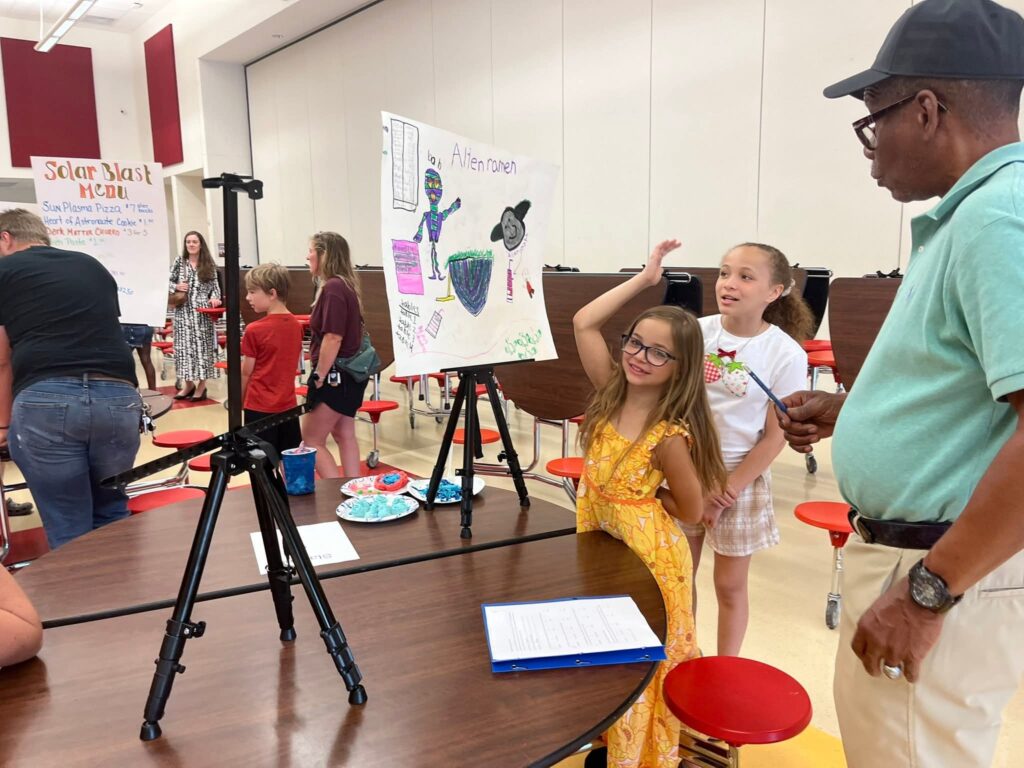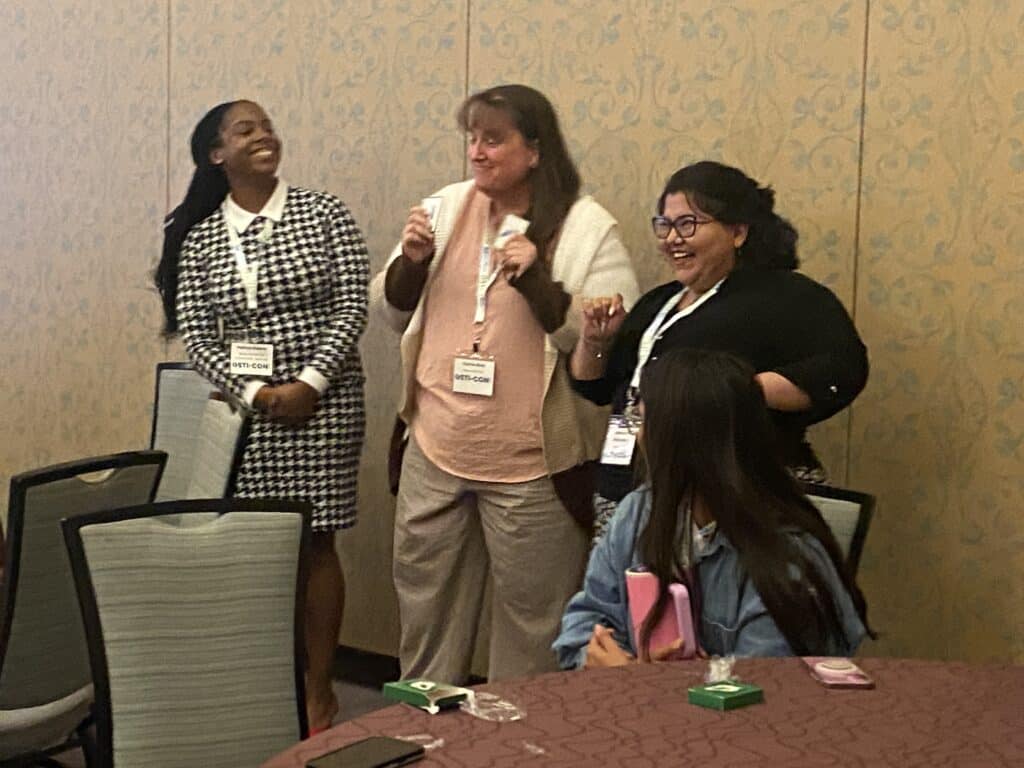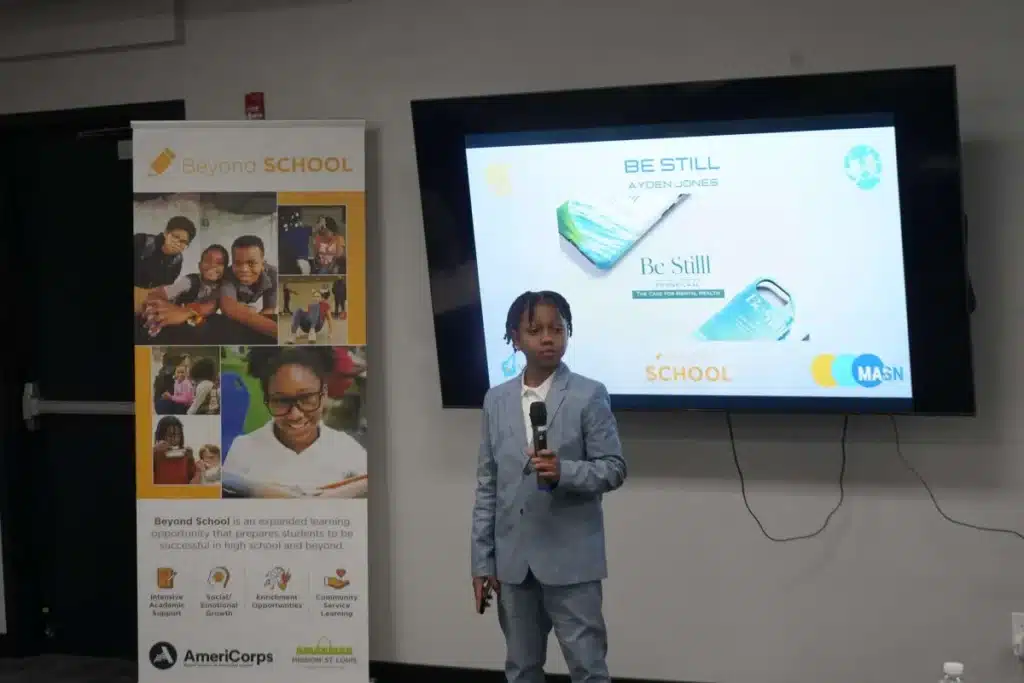One of the key differences between boys and girls has everything to do with entrepreneurial learning. Girls tend to understand math better when math problems are cast within a real-world context.
Leonard Sax, a psychologist and M.D. who has researched and written extensively on why gender matters in teaching girls and boys, describes a robust phenomenon that he has observed in 300 schools over the course of 11 years in seven countries from the U.S. to Australia, England to Mexico. Bear in mind he is speaking of typical boys and girls, not every boy and girl.
Many middle-school boys seem to learn algebra better when you start with numbers, whereas many same-age girls seem to be more engaged if you start with a word problem. For example, if you are teaching equations in multiple variables, the typical 7th-grade boy will do better if you begin by asking “If x + 2y = 60, and 2x + y = 90, how do we solve for x and y?” But the typical 7th-grade girl will be more engaged if you begin by asking “If a sweater and two blouses cost $60, and two sweaters and a blouse cost $90, how much does each blouse and each sweater cost?” … [M]any girls are more engaged if you begin with the word problem and then work your way back to the equation.
Consider Bella, who was a VentureLab student who became intrigued by Carmen Santiago and the female characters in the Carmen Santiago mystery and detective books. Bella also loved fashion and imagined herself as an international woman of mystery with a cool repertoire of spy gear.
In a VentureLab camp, Bella realized that she could invent a product that fused her interests. Her idea was a trendy headband with a bow tie that contained a secret compartment to hide notes or whatever miniature items a detective might need. Bella had never been exposed to 3-D printing before, but she easily picked up the concept of 3-D modeling—and the math it involved—to print the container, a small cylinder she could disguise within the bow of a headband.
Bella and her team of girls were excited to make and own spy devices that were fashionable, colorful and practical for girl spies, and their excitement drew interest on pitch day. Of all the teams in that class, Bella’s group sold out of their products the fastest.
It doesn’t have to be fashion, of course. It can be any problem a team of girls decides to tackle. Here is the same math problem rephrased in other terms—examples that an entrepreneurial class of girls might hit upon.

Say a team is testing how a nutrition idea might work with mice, humanely of course:
If a lab’s one white mouse and two gray mice weigh 60 grams, and two white mice and one gray mouse weigh 90 grams, how much does each white and gray mouse weigh?
Or the problem can be phrased this way, if the team is thinking of solutions for global humanitarian needs:
For a village, if one farm tool and two books cost $60, and two farm tools and one book cost $90, how much does each farm tool and book cost?
Real world examples, hands-on experiences, and entrepreneurial thinking can ignite girls’ interest in math precisely because they are real, relevant, and maybe even positive for girls’ lives, their world, and our planet.
To encourage girls in math, we must understand the differences in their brains and how they learn, and apply the most effective teaching methods. We can’t accept the simplistic premise that all differences are the result of how girls and boys are “socialized.”




